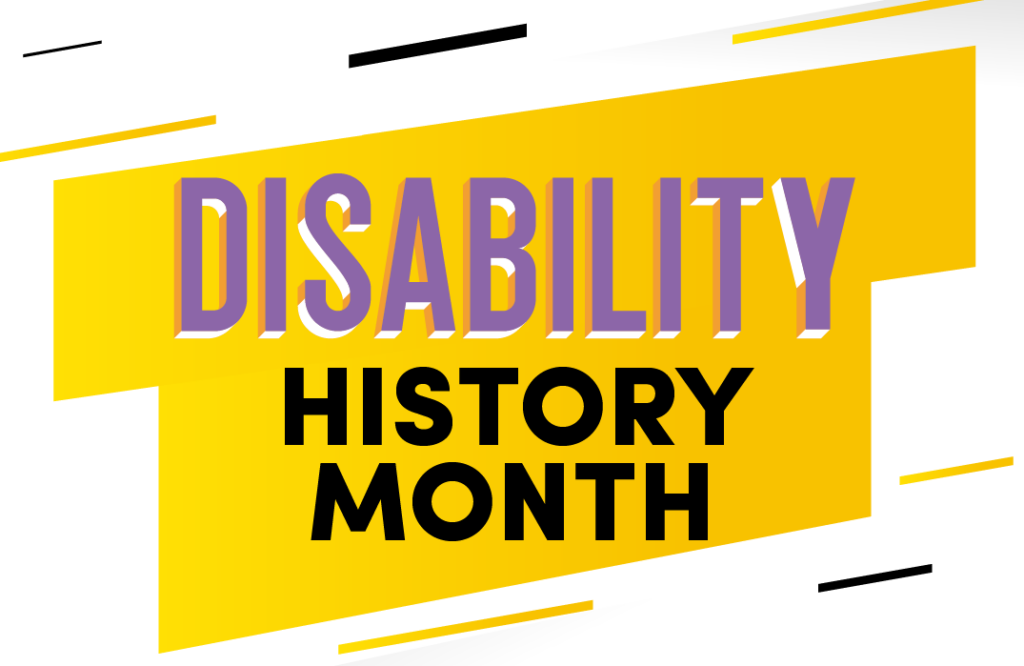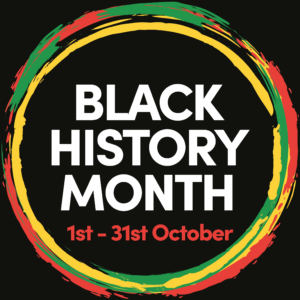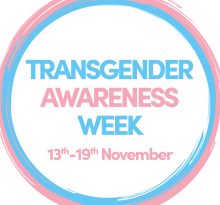
13 – 19 November
Join SUSU as we celebrate and learn
Transgender Awareness Week
SUSU supports our Transgender student community this Transgender Awareness Week and beyond. Wednesday 13 – Tuesday 19 November marks Transgender Awareness Week, followed by Transgender Day of Remembrance on Wednesday 20 November.
This week, let us all stand in solidarity, supporting the Transgender community, celebrating their successes, and raising awareness of the issues that affect them.
Transgender Awareness Week 2024
Monday 13 – Sunday 19 November marks Transgender Awareness Week, followed by Transgender Day of Remembrance on Wednesday 20 November.
Transgender Day of Remembrance commemorates all transgender people lost to violence.
Pronoun Badges
Free pronoun badges are available to collect from SUSU main reception (B42) and The SUSU Shop (B57). The badges we have available are he/him, she/her, they/them, he/they, she/they, and a blank badge for you to write your own choice of pronouns on.
Resources
Lottie James, your VP Welfare & Community has put together some resources on gender identity, being an ally to Trans, Non-Binary, and Gender Non-Conforming people, and broader websites and charities with resources for supporting the entire LGBTQ+ community from around the web.
Trans Awareness Week Events
Check back here to find all the events going on at SUSU for Transgender Awareness Week!
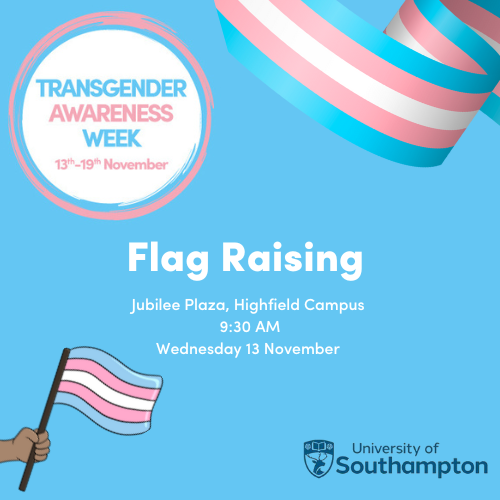
Flag Raising
From 9:30, Wednesday 13th November
Location: Jubilee Plaza

Film Screening with Union Films
Priscilla, Queen of the Desert
From 17:00, Friday 15th November
Location: Level 3, Building 42
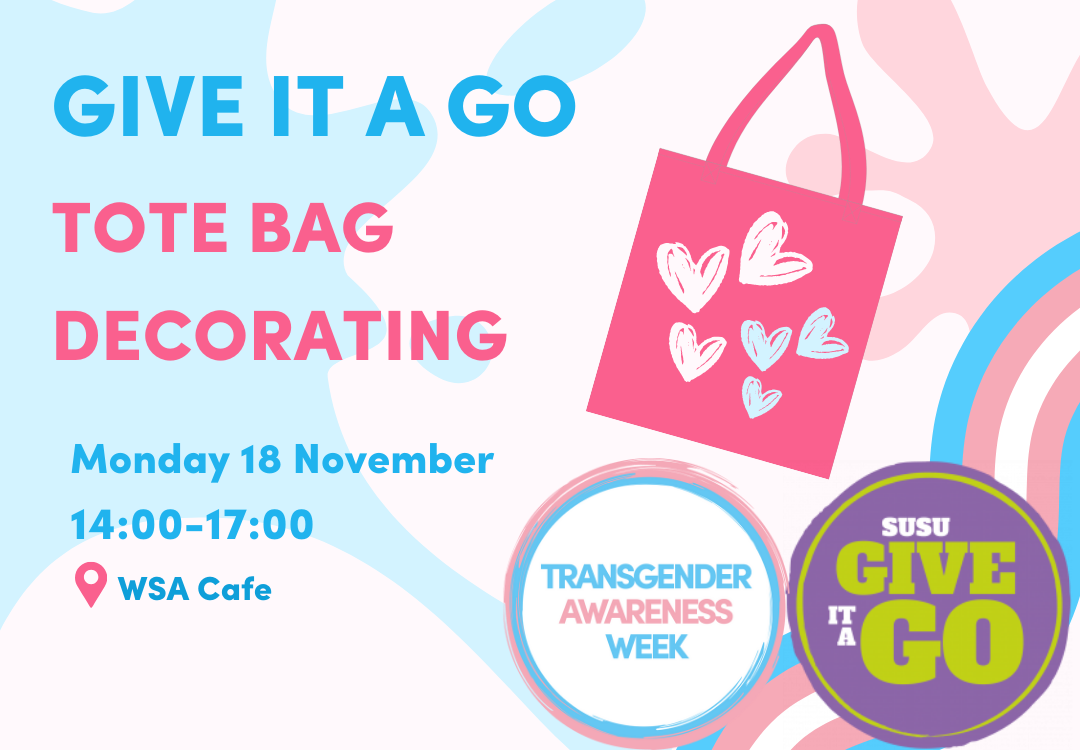
Crafternoon: Tote Bag Painting
14:00 - 17:00, Monday 18th November
Location: WSA Campus
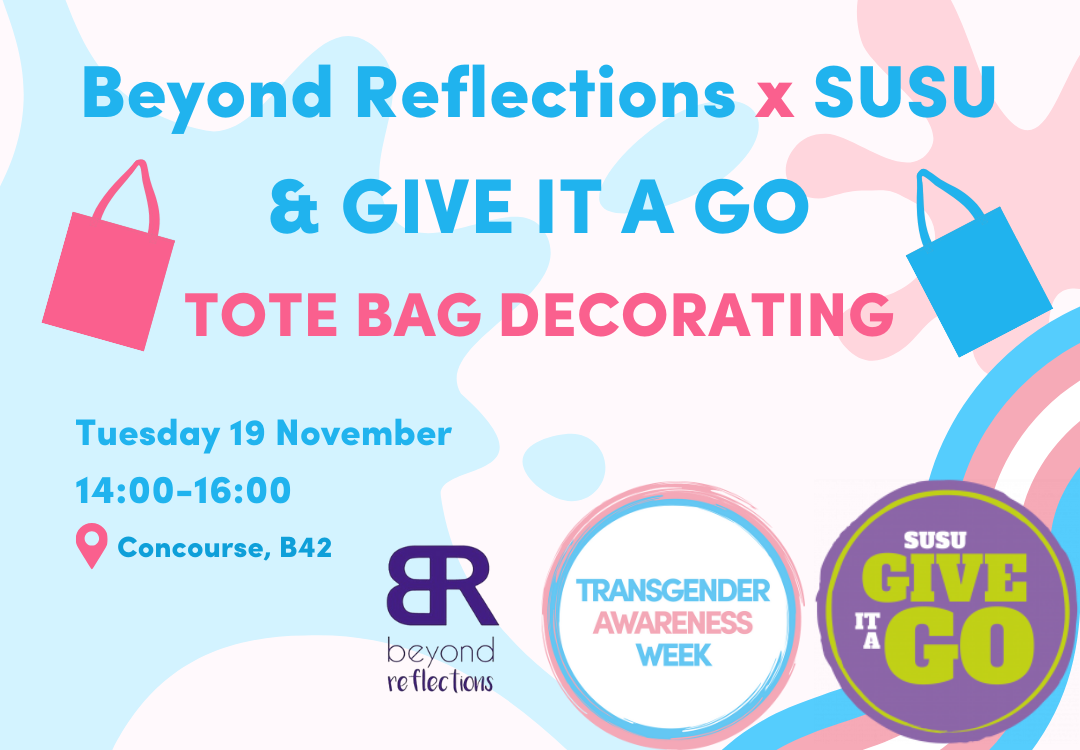
Crafternoon: Tote Bag Painting
14:00 - 16:00, Tuesday 19th November
Location: Concourse (Building 42)
Beyond Reflections will be on the concourse with games and awareness raising from 12:00.
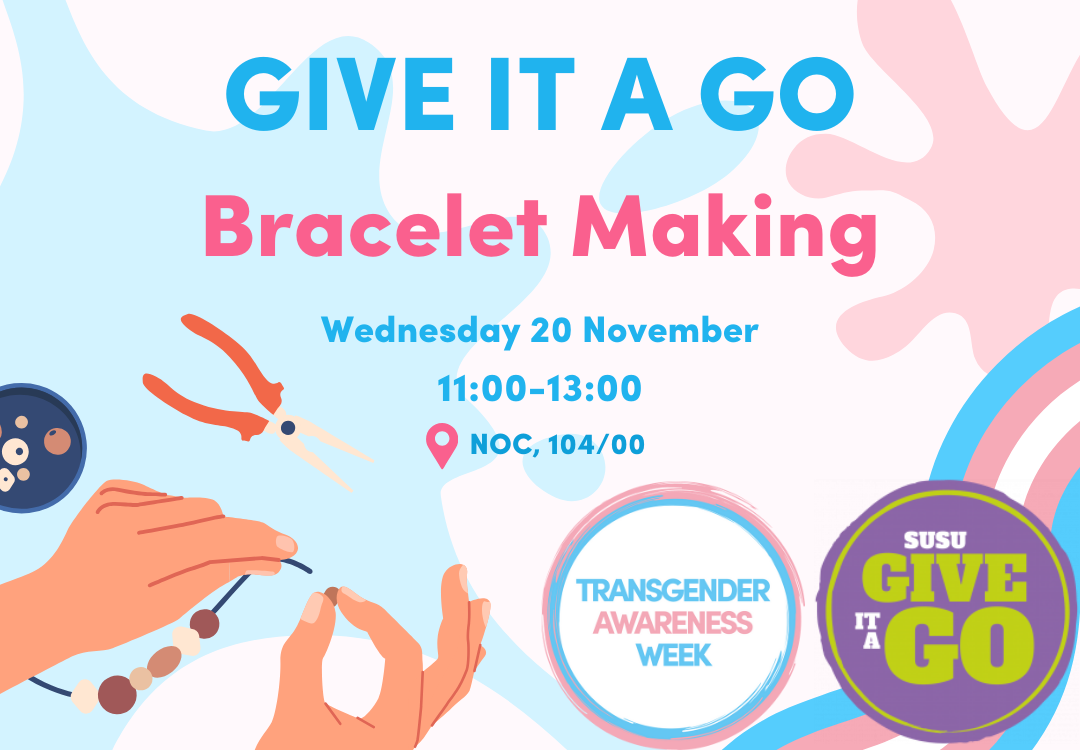
Crafternoon: Bracelet Making
11:00 - 13:00, Wednesday 20th November
Location: NOC, Room 104/00
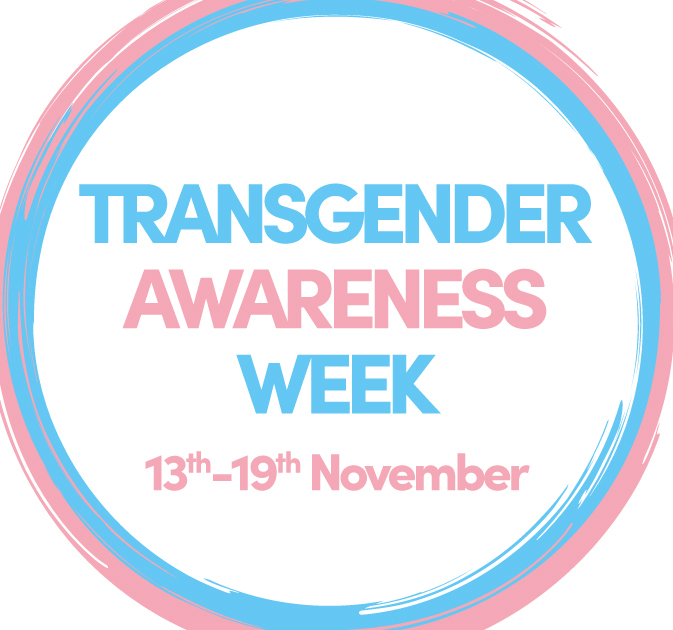
TransMission Meet
Wednesday 20th November
Location: Wellbeing Centre
Wednesday 11th December
Location: Building 34, Room 1020
Check MySoton App for timings. This group is for anyone who identifies as transgender, non-binary or is questioning their gender identity
The group is a safe space to meet and support each other. Whilst staff are present to facilitate the group, this group aims to be run mainly by the participants, for the participants with staff support. This is not a workshop, therapy service or counselling. We will happily provide signposting to external and support services as needed.
LGBTQ+ Society
LGBTQ+ Society welcome anyone from any gender or sexual minority to join their society, and even allies who wish to support the community.

Trans/Cis Gender Terminology
Our LGBTQ+ Officer 2020-21 shared a beginners guide to some of the terminology you might hear.
Transgender (Trans): Encompassing term of many gender identities of those who do not identify or exclusively identify with their sex assigned at birth. The term transgender is not indicative of gender expression, sexual orientation, hormonal makeup, physical anatomy or how one is perceived in daily life. Note that transgender does not have an “ed” at the end.
Cisgender (Cis): Term for someone who exclusively identifies as their sex assigned at birth. The term cisgender is not indicative of gender expression, sexual orientation, hormonal makeup, physical anatomy, or how one is perceived in daily life.
Cissexism: Systemic prejudice in the favor of cisgender people.
Queer: A term for people of marginalized gender identities and sexual orientations who are not cisgender and/or heterosexual. This term has a complicated history as a reclaimed slur.
Gender Expression/Presentation: The physical manifestation of one’s gender identity through clothing, hairstyle, voice, body shape, etc. (typically referred to as masculine or feminine). Many transgender people seek to make their gender expression (how they look) match their gender identity (who they are), rather than their sex assigned at birth. Someone with a gender nonconforming gender expression may or may not be transgender.
Gender Identity: One’s internal sense of being male, female, neither of these, both, or other gender(s). Everyone has a gender identity, including you. For transgender people, their sex assigned at birth and their gender identity are not necessarily the same.
Sex Assigned at Birth: The assignment and classification of people as male, female, intersex, or another sex assigned at birth often based on physical anatomy at birth and/or karyotyping. This includes: Assigned Female at Birth (AFAB) and Assigned Male at Birth (AMAB).
Sexual Orientation: A person’s physical, romantic, emotional, aesthetic, and/or other form of attraction to others. In Western cultures, gender identity and sexual orientation are not the same. Trans people can be straight, bisexual, lesbian, gay, asexual, pansexual, queer, etc. just like anyone else. For example, a trans woman who is exclusively attracted to other women would often identify as lesbian.
Transition: A person’s process of developing and assuming a gender expression to match their gender identity. Transition can include: coming out to one’s family, friends, and/or co-workers; changing one’s name and/or sex on legal documents; hormone therapy; and possibly (though not always) some form of surgery. It’s best not to assume how one transitions as it is different for everyone.
Queer: Umbrella term for gender and sexual minorities who are not cisgender and/or heterosexual. There is a lot of overlap between queer and trans identities, but not all queer people are trans and not all trans people are queer. The word queer is still sometimes used as a hateful slur, so although it has mostly been reclaimed, be careful with its use.
Transphobia: Systemic violence against trans people, associated with attitudes such as fear, discomfort, distrust, or disdain. This word is used similarly to homophobia, xenophobia, misogyny, etc.
Trans Woman/Trans Man: Trans woman generally describes someone assigned male at birth who identifies as a woman. This individual may or may not actively identify as trans. It is grammatically and definitionally correct to include a space between trans and woman. The same concept applies to trans men. Often it is good just to use woman or man.
Sometimes trans women identify as male-to-female (also MTF, M2F, or trans feminine) and sometimes trans men identify as female-to-male (also FTM, F2M, or trans masculine). Please ask before identifying someone. Use the term and pronouns preferred by the individual.
Note: this is by no means a full list of all the terms and definitions that apply to the Trans community. This is a mere starter pack that should compel you to carry out individual research. Check out transstudent.org/ for more information.
